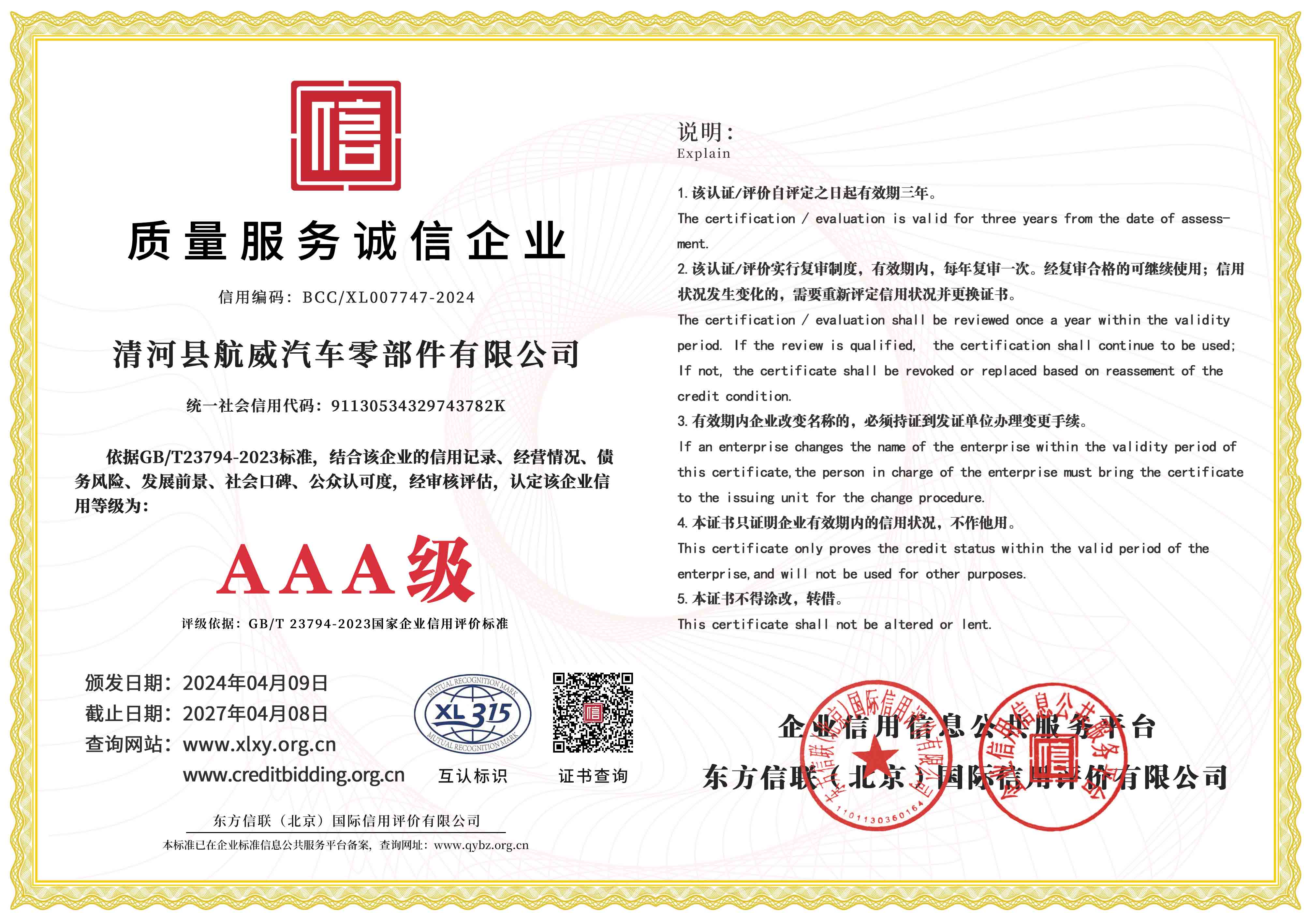internal throttle
Understanding Internal Throttle A Key Component in Modern Engines
In contemporary automotive engineering, the concept of an internal throttle has gained significant importance due to its role in optimizing engine performance and efficiency. Essentially, the internal throttle refers to a mechanism within an engine that regulates the air intake and maintains the desired air-fuel ratio. This regulation directly influences the combustion process, power output, and emissions of the engine.
The internal throttle works in conjunction with other engine systems, including fuel injection and ignition timing. By precisely controlling the airflow into the combustion chamber, the internal throttle ensures that the engine operates at its most efficient level. When an engine runs smoothly, it not only produces optimal power but also minimizes fuel consumption and harmful emissions, addressing both environmental concerns and economic efficiency.
One of the most notable advancements involving internal throttle systems is the adoption of electronic throttle control (ETC). Traditional mechanical throttle systems rely on a cable connected to the accelerator pedal, which can be less responsive and less efficient. In contrast, ETC utilizes electronic sensors and actuators to manage the throttle position electronically. This innovation leads to more precise control over engine dynamics, improved throttle response, and enhanced integration with various vehicle systems, such as traction control and stability control.
internal throttle

Moreover, modern internal throttle systems often incorporate features like wide-open throttle (WOT) control and dynamic response adjustments. These features allow for a rapid adjustment of the throttle based on driving conditions, providing drivers with a more engaging and responsive driving experience. For instance, during aggressive acceleration, the internal throttle can open wider to allow a greater volume of air into the engine, generating more power when it's most needed.
The benefits of an efficient internal throttle extend beyond performance. Cars equipped with advanced internal throttle systems typically achieve better fuel economy, which translates to lower operating costs for consumers. Additionally, reduced emissions contribute to cleaner air and compliance with stringent environmental regulations.
In conclusion, the internal throttle is a crucial element in automotive design, significantly impacting engine performance, efficiency, and emissions. As technology continues to evolve, advancements in internal throttle systems will likely play a pivotal role in the future of automotive engineering, paving the way for more efficient and environmentally friendly vehicles. Understanding this component is essential for anyone interested in the intricacies of modern engine technology and its implications for driving dynamics and sustainability.
-
Upgrade Your Vehicle with High-Quality Handbrake CablesNewsNov.01,2024
-
Optimize Your Bike's Performance with Quality CablesNewsNov.01,2024
-
Enhance Your Vehicle's Performance with Quality Clutch ComponentsNewsNov.01,2024
-
Elevate Your Vehicle's Performance with Quality Throttle CablesNewsNov.01,2024
-
Elevate Your Vehicle's Performance with Quality CablesNewsNov.01,2024
-
Affordable Solutions for Your Cable NeedsNewsNov.01,2024
